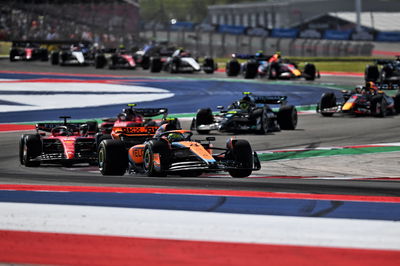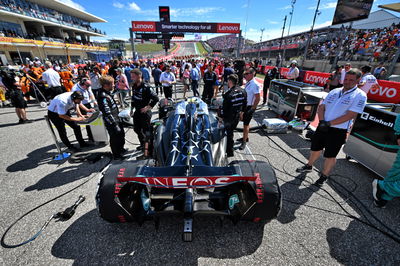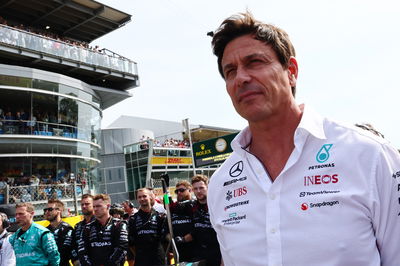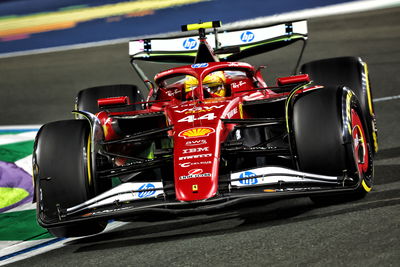Should all F1 cars be examined instead of FIA's 'spot-check' procedure?

The FIA’s post-race scrutineering process has come into the spotlight after Lewis Hamilton’s Mercedes and Charles Leclerc’s Ferrari were disqualified from the United States Grand Prix after being found to have excessive plank wear.
Only four cars were checked for their plank wear after the race - with half of them failing. That led Hamilton to sensationally claim ahead of this weekend’s Mexico City Grand Prix that more cars would have been deemed illegal had they been examined.
Asked if they would have any objections to all cars being examined after races, Williams head of vehicle performance Dave Robson replied: “With the way the regulation is policed at the moment, testing all cars at the end of the race is not practical.
“It would take so long that I think everyone would get frustrated by that. The spot-checks and the severity of the penalty is enough that I think most of the time, most or all of the cars will be legal.
“So I think it’s fine as it is.”

Alfa Romeo’s head of trackside engineering Xevi Pujolar added: “From my side, I’ll leave it to them [the FIA] to decide which cars need to be tested and happy if they do either way.”
Meanwhile, Haas trackside engineering director Ayao Komatsu said: “I don’t really have much to add.
“We know what the regulations are. Each team decides on the margins and how much to push on it. The sprint weekend or normal race weekend, that affects your margin. So it’s fine, no problem.”
Ahead of Friday practice at the Autodromo Hermanos Rodriguez, Sky’s F1 pundits reported that Hamilton and Leclerc’s cars were specifically targeted because the FIA’s data suggested they were more likely to be in breach of the regulations.
“There are reasons, we understand, why they chose those two cars in the beginning to check, because of data they’d seen,” F1 co-commentator Martin Brundle said during Sky’s FP1 coverage.
“When you see the document that comes out after the grand prix, there are over 50 checks of all the classified finishes, of which they are 17,” Brundle went on to explain.
“There are some random checks on other cars and it is quite time consuming and of course we do want to get a result out sooner than later, but also, you have to remember that all teams, for both of their cars, have to submit the set-up data before they go into parc ferme.
“So they also know static ride heights and the spring rates and what have you on the field as well. There are some teams who said ‘we raised their car to be secure on this regulation and we gave away some performance’.
“Teams went to some trouble not to fall foul of that but the FIA know what they are looking at. They can see which cars are more likely, from the set-up and the oscillation and what have you, as to which ones might be breaching the rule.”












